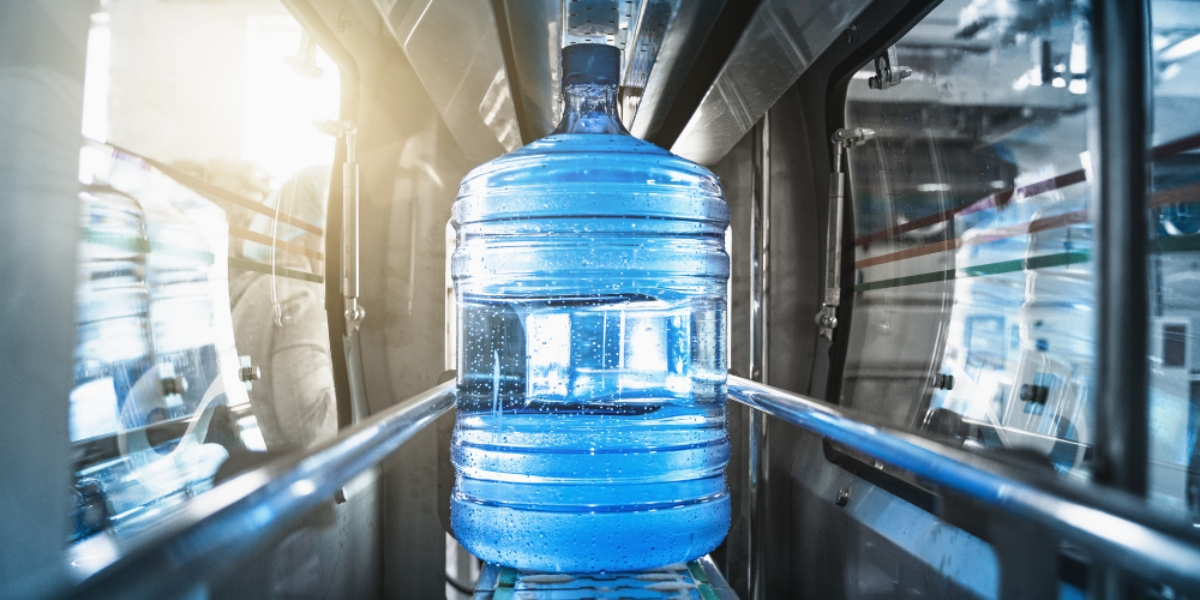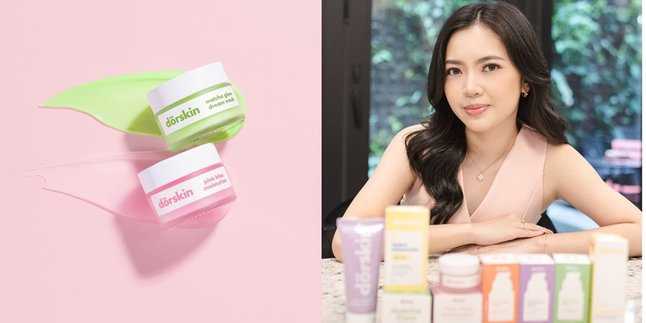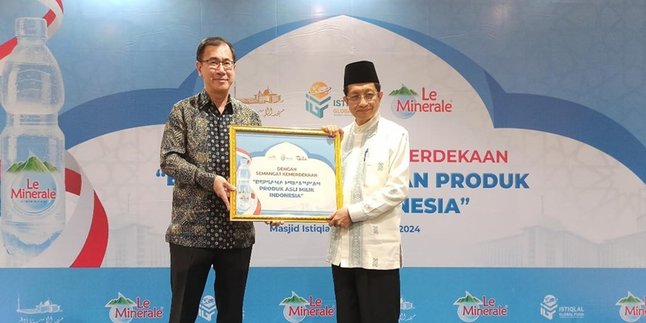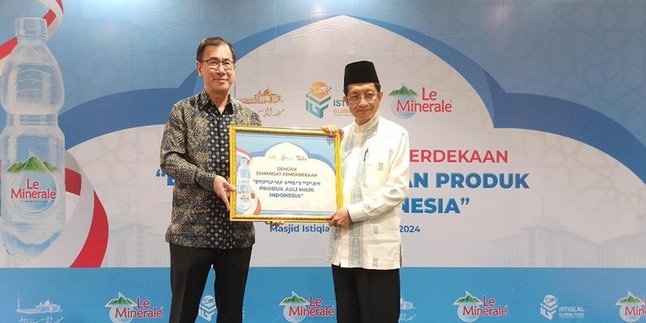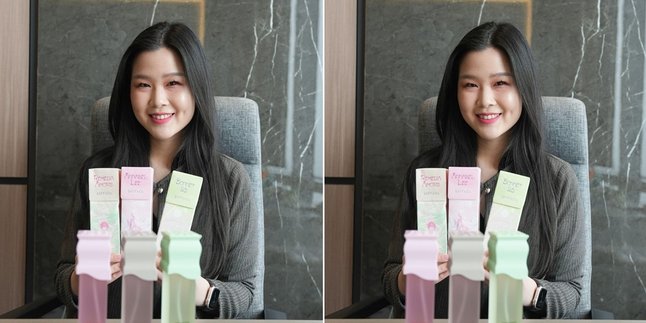Kapanlagi.com - The issuance of the Regulation of the Food and Drug Supervisory Agency (BPOM) Number 6 of 2024 is considered by public policy expert Dr. Riant Nugroho to deserve support from all stakeholders, both the general public and the industry.
Not without reason, Riant argues that the aim is clear: to protect public health from exposure to the chemical substance Bisphenol A (BPA), which is indicated to cause many potential health disturbances.
"This (BPA-free packaging) policy has actually become an international issue, and the use of BPA has even been banned in various countries," said Riant when contacted in Jakarta. So, what is Riant's response to the pros and cons of this latest BPOM policy? Check out the full review below!
1. Similar Policy Currently Being Adopted by Indonesia
Now Indonesia is trying to adopt a similar policy, but according to Riant, it does not go as far as banning. BPOM is attempting to adopt BPA-free labeling or Potentially Contains BPA on bottled drinking water to educate the public to be more aware of the potential dangers of BPA.
Regarding the existence of several parties trying to clash the labeling of "BPA-free" with environmental issues, according to Riant, it is inappropriate.
"The issue of sustainability is certainly very important, as non-BPA packaging is usually single-use. It's just a matter of how to strengthen the management of used packaging. Meanwhile, BPA is related to public health rights."
2. Responding to the Controversy over the Latest BPOM Regulation
Riant's opinion is a response to several controversies surrounding the issuance of BPOM Regulation Number 6 of 2024 concerning the Second Amendment to the Regulation of the Food and Drug Supervisory Agency Number 31 of 2018 regarding Processed Food Labels on April 5, 2024.
Article 48a regulates the obligation to include labels on the storage method for packaged drinking water while Article 61 A requires the inclusion of a warning label regarding the risks of BPA on all branded bottled drinking water that uses polycarbonate packaging. By 2028, producers are required to apply warnings under certain conditions, as polycarbonate packaging may release BPA into bottled drinking water.
3. Urging to No Longer Question BPOM Policies
The Chairperson of the Indonesian Public Policy Society (MAKPI) also urged all parties not to question the BPOM policies aimed at ensuring that products are safe for public consumption. This includes producers of one bottled water brand who should also support this policy and not resist it.
"Moreover, the bottled water company in its home country complies with not using packaging containing BPA, so why won't it comply in Indonesia? They should comply with the regulations here and also in their home country, in accordance with public safety and health standards," said Riant.
"Producers cannot guarantee that their products are not overheated and exposed to direct sunlight. This is what causes the leaching of BPA chemical compounds from their products to exceed safe limits," he said.
4. The Purpose of BPA Labeling to Protect Public Health
Meanwhile, the Acting Deputy for Supervision of Processed Food at BPOM, Ema Setyawati, stated that BPA labeling aims to provide clear information to consumers regarding the content in bottled drinking water (AMDK).
"This regulation is a form of BPOM's commitment to protecting public health through regulations based on the latest developments in science and technology," she said.
At the Sarasehan event on Efforts to Protect Public Health through the Regulation of Bisphenol A (BPA) Labeling on Bottled Drinking Water (AMDK), BPOM presented the results of the supervision of gallon packaging conducted during the period of 2021-2022.
From both production and distribution facilities, BPOM found that 3.4% of AMDK samples circulating in Indonesia did not meet the maximum BPA migration limit, which is above 0.6 bpj. Not only that, 46.97% of gallon packaging in distribution facilities and 30.91% in production facilities were also detected to contain BPA at concerning levels, namely 0.05 - 0.6 bpj.
On the other hand, the results of the BPA content supervision of AMDK products showed that 5% of new gallon samples in production facilities and 8.67% in distribution facilities were proven to contain BPA above 0.01 bpj, posing a risk to health.
u201cThe BPA labeling policy is rooted in the government's desire to protect public health. Gallon water is consumed by all age groups with an annual production volume reaching 21 billion liters and a total of 50.2 million consumers, or 18 percent of Indonesia's population in 2020,u201d emphasized Ema.
(*)
(kly/tmi)
Disclaimer: This translation from Bahasa Indonesia to English has been generated by Artificial Intelligence.
